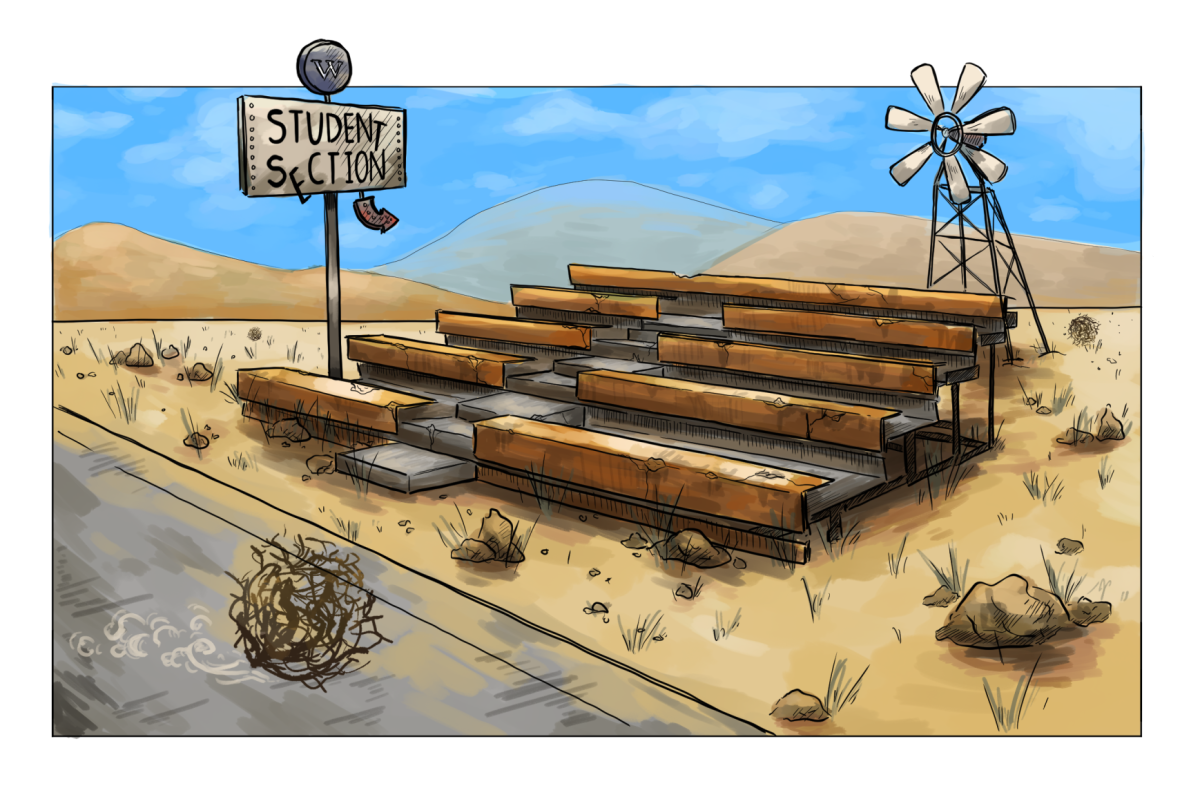Senior math major Dhavan Cue’s thesis has had a serious impact on the greater math community and “also the world.”
“We see the world through such a narrow lens, man,” he said over a couple too many “Hurricane Bernies” at the Green.
Cue’s journey to his thesis started around a year ago when he took a girl on a date to the Humane Society. He was letting a dog lick his face, because “she certainly wasn’t going to,” when he remembered that old saying about dog years. That’s when he knew what he was going to write his thesis on.
He ditched his date, got on his kayak, began paddling for home and began his work.
“Yeah, that date didn’t go so hot … but I got my thesis idea so it all worked out,” he said.
“[One] dog year is equal to 1/7th of a human year,” says www.dogyears.com.
The formula was so simple. X=7Y. He went to his thesis advisor, Dr. Clause, for approval of his idea.
“Dhavan … you’re barking up the wrong tree,” said Dr. Clause at first.
But as Cue began to explain his idea of investigating time through a dog’s lens, Clause was intrigued.
“Like, we’re all on human time, right?” said Cue to Clause. “Einstein was talking about how time was the fourth dimension for humans, right? But there’s a different variable for dogs. We’re not in the same dimension as them, man! They’re on a completely different formula!”
Clause apparently tried to reason with Cue by explaining that using “dog years” was just a way of explaining to kids that dogs don’t live as long as humans, and it wasn’t an exact science.
But that night, after eating too many cookies, Clause was kept up by indigestion. He looked at his dachshund and wished the indigestion would pass quicker.
“Around seven times quicker!” he said, and that’s when he realized Cue was on to something.
Cue and Clause set out to work and developed a formula for life itself. The actual formula has yet to be revealed.
“It’s pretty chill,” said Cue, however.
Cue’s concept of time remains popular around campus. A common response to “wanna hit this, dude?” is “nah, dude, that’ll put me on dog time,” meaning the world would speed up around seven times faster than normal.
The “dog time” concept is also popular among soccer players, who manipulate the 48-hour rule, using dog years, albeit poorly. When asked why he was drunk at his soccer game, junior Mitch Swordselson confronted his coach.
“I thought you meant dog hours. You [have] to specify this kind of thing!” said Swordselson.
The “time” principle also can be manipulated with other animals. When Cue’s relaxing, he likes to joke that he’s on “sea turtle time, dude.” Sea turtles live up to 200 years, Cue explained, making their formula X=.5Y.
Cue’s thesis will be unveiled at the national math conference this October.




